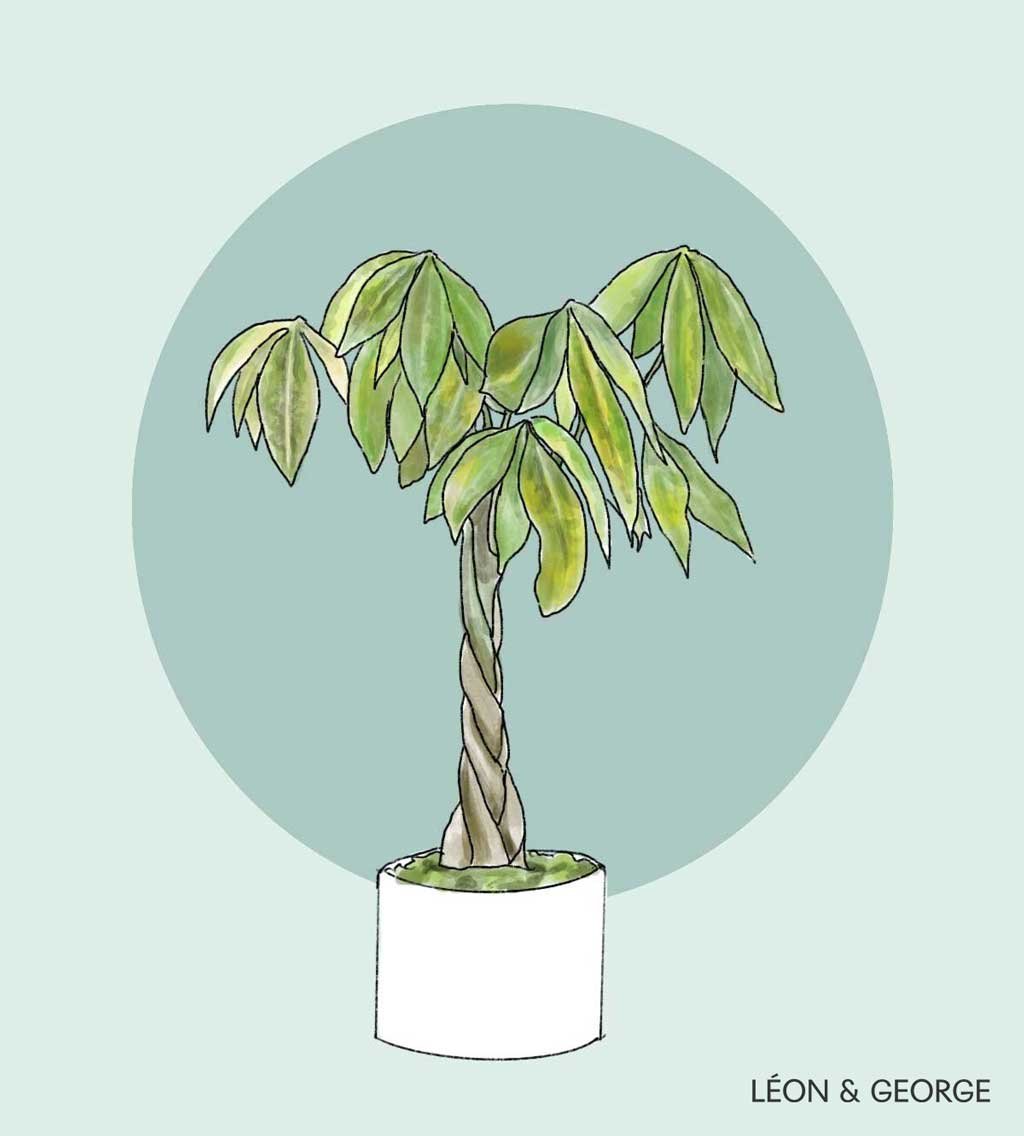The darling of the houseplant world, the Fiddle Leaf Fig is a popular albeit infamously finicky indoor plant. But though it can be a bit picky about its light and water needs, once you’ve found the right balance and routine with this beauty, it can be an incredibly low maintenance and fast growing plant.
But what happens when it grows too fast? Plants like the Fiddle Leaf Fig can grow to be quite top-heavy, oftentimes growing unevenly (especially if you’re not regularly rotating it). If this is the case for your Fiddle, our Plant Doctors recommend staking the plant as a temporary solution to help it grow stronger roots and stand up straight.
Though staking is most common for plants like the Fiddle Leaf Fig, this method can be used for virtually any leaning plant with a trunk. Here are simple steps to staking your plant:
Find a dowel or stake
At your local hardware store, find a dowel or stake that’s tall enough to span the entire length of the trunk from at least a few inches under the soil to the area where the trunk begins to branch out. Insert the stake gently into the soil of your plant. Be careful not to force the stake into the roots as this may cause stress.
If you’d like to reduce to risk of damaging the roots, and depending on how severe the leaning is, you may want to use two stakes on either side of the trunk.
2. Attach the stake to your plant
Using hooks or plant tape, attach the stake(s) to your plant. Pro tip: when you do this, do so in a way that is easy to “undo”. The reason for this is that you may want to sway your tree back and forth once a week or so to further strengthen the roots. Swaying the trunk helps the tree develop stronger roots, in addition to aerating the soil, creating small oxygen pockets that will keep it happy. After the gentle sways, tie it back to the stake and let it be.
3. Check in on the plant’s stability
After a month or two, check your tree’s progress. When you remove the hooks or ties on your stake(s), does it still lean heavily? If so, leave the stakes in and keep at it! Over time, though, with proper care and regular rotation, your plant should be able to stand erect on its own.
In the meantime, if your plant is lopsided or has some degree of uneven growth, it may be time to prune! Check out our step by step guide to pruning your Fiddle Leaf Fig Tree here.
Natural Plant Food
Nourish your plants with this specially-formulated organic liquid plant food. Our Boost Vitaminé is made with potent nutrients from nature to help your plants grow and thrive all year long.
$24


























